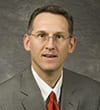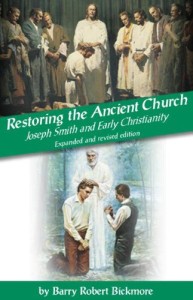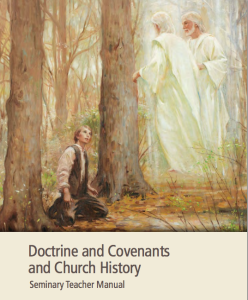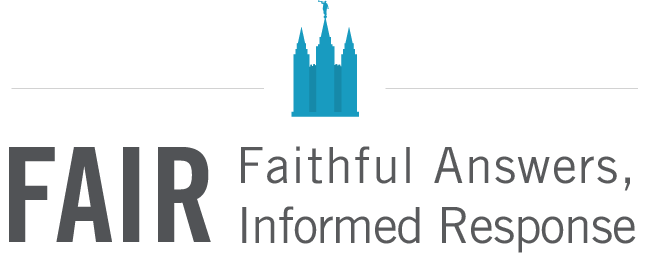Podcast: Download (6.8MB)
Subscribe: RSS
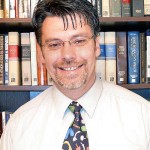 While I recognize that more than one LDS Church leader has implicitly or explicitly stated that the New World was uninhabited before arrival of the Jaredites, there is no official statement or revelation on this issue.
While I recognize that more than one LDS Church leader has implicitly or explicitly stated that the New World was uninhabited before arrival of the Jaredites, there is no official statement or revelation on this issue.
In this podcast Michael Ash explains the traditional folk view of Book of Mormon populations and the possible extended understanding that can come from a closer look at the meaning of lands, nations and there inhabitants.
The full text of this article can be found at Deseret News online.
Brother Ash is author of the book Shaken Faith Syndrome: Strengthening One’s Testimony in the Face of Criticism and Doubt, as well as the book, of Faith and Reason: 80 Evidences Supporting the Prophet Joseph Smith. Both books are available for purchase online through the FairMormon Bookstore.
Tell your friends about the Mormon Fair-Cast. Share a link on your Facebook page and help increase the popularity of the Mormon Fair-Cast by subscribing to this podcast in iTunes, and by rating it and writing a review.
The view and opinions expressed in the podcast may not reflect those of the Church of Jesus Christ of Latter-day Saints or that of FairMormon.

